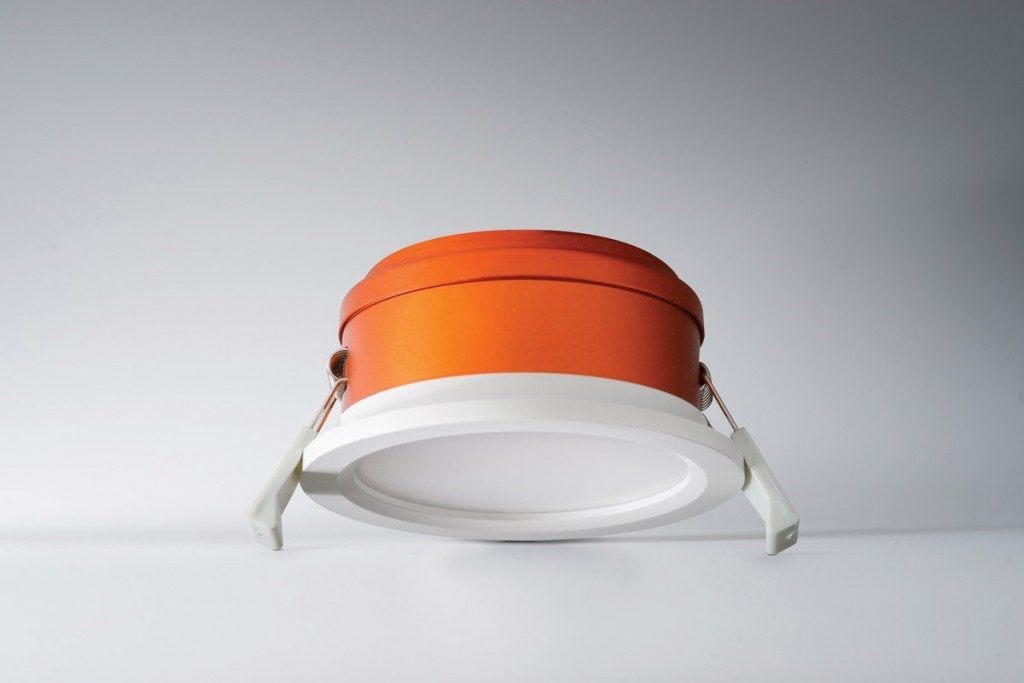
Light Emitting Diode (LED) has long since been known especially in the electronics field, and used in many electronics and electrical appliances. Small examples of LED in your daily life is the infra-red ray emitting LED diode in the remote control for your TV, or the LED diode for the auto-focus function in digital cameras.
After being a staple choice of light source in the electronics industry, now LEDs have expanded into the household and room interior lighting usage. The presence of LEDs as room lighting may not actually replace other types of lighting such as incandecent or neon lights. Instead LEDs open other avenues of variation for interior designers to experiment and mix and match for their lighting choices.
What makes LED lights more ideal as part of room lighting is that they are more efficient than in overall other types of lighting. This is caused by several reasons. The first reason is that because LED lights is more energy-efficient. As a matter of fact, lights of different types emitting the same 250 Lumens of light uses differing minimum amounts of watts per hour of electricity; ordinary incanddecent lights will need 25 watts, halogen bulbs will use 18 watts, and fluorescent lights will use 4-6 watts. On the other hand, LED lights of the same Lumens output will require only 3-4 watts.
LED lights’ ability to use less electricity compared to other types of lighting leads us to the second reason why they are more efficient than other lighting types for room lighting; cost efficiency. Continuing on the example above, if for example one incandecent light bulb of 250 Lumens light output being turned on continuously costs 1 dollar per hour, replacing it with an LED light bulb of the same output will cut the cost down to around 25 cents per hour.
The third reason hy LED lights are more efficient than other lighting types is the fact how LED lights process energi into light. Other lighting types produce around 15% light and 85% heat from their process, creating a very hot bulb surface when the light is on. But LED lights produce their light efficiently and only emit half the surface temperature of ordinary lights. A test compares 75 W ordinary bulb, 15 W Fluorescent light and a 10 W LED light found that the LED only gets to 30,5°C while the ordinary bulb gets to be 168,3°C and the fluorescent bulb 55°C. This in turn will help in reducing the cost to cool the room temperature.
Efficiency in producing heat means that in time, LED light bulbs can have longer durability compared to other lighting types. This will further translates to more cost saving from the reduced need to replace the light bulbs as they will last longer. If you want to buy LED lights, you can try visiting LED Lights Australia, Australian LED lights from Cetnaj stores that sell a wide variety of LED lights in affordable prices.
Now, have we interested you to try out the efficient LED lights?
